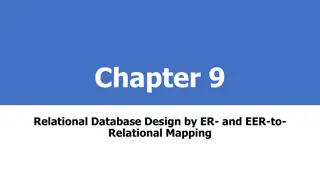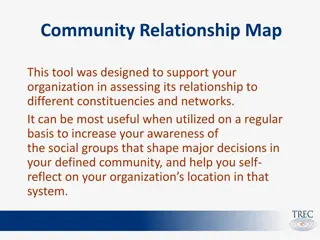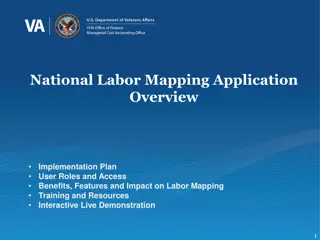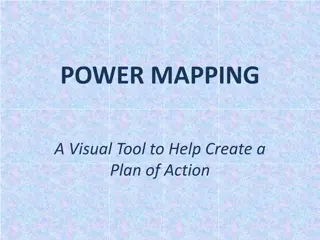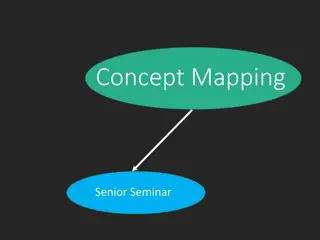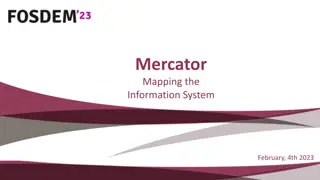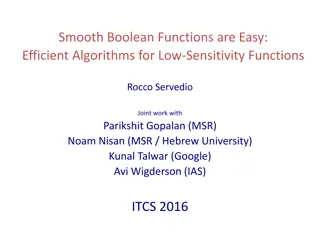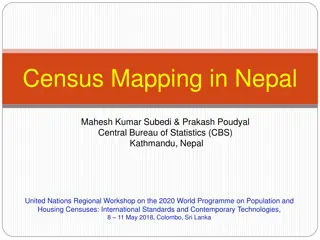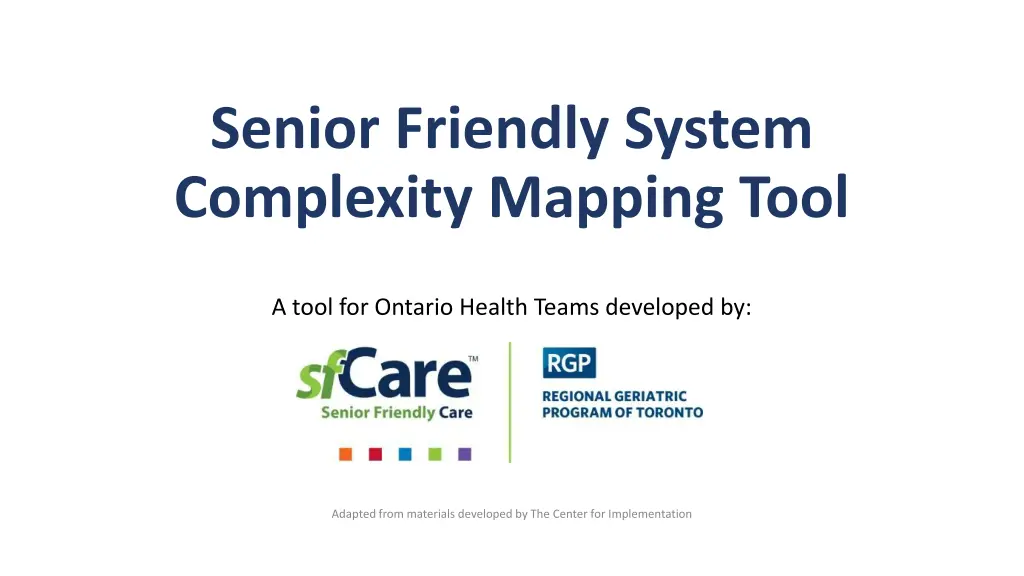
Ontario Health Teams Senior-Friendly System Mapping
Discover the Senior-Friendly System Complexity Mapping Tool for Ontario Health Teams. This tool helps in understanding factors affecting care for older adults, creating mind maps, and identifying solutions for improved care quality. Engage stakeholders in mapping processes to address care challenges effectively.
Download Presentation

Please find below an Image/Link to download the presentation.
The content on the website is provided AS IS for your information and personal use only. It may not be sold, licensed, or shared on other websites without obtaining consent from the author. If you encounter any issues during the download, it is possible that the publisher has removed the file from their server.
You are allowed to download the files provided on this website for personal or commercial use, subject to the condition that they are used lawfully. All files are the property of their respective owners.
The content on the website is provided AS IS for your information and personal use only. It may not be sold, licensed, or shared on other websites without obtaining consent from the author.
E N D
Presentation Transcript
Senior Friendly System Complexity Mapping Tool A tool for Ontario Health Teams developed by: Adapted from materials developed by The Center for Implementation
Purpose of this tool To make sense of the complex number of factors that interplay between one another when it comes to improving care for older adults. This tool gives you a template with instructions for creating a mind map of the factors that lead to alternative level of care (ALC) days for your Ontario Health Team s senior population Cluster your factors into themes that make sense to you and your stakeholders Pin point which project teams are working on similar or related factors Create connections between pockets of action Access the ALC Leading Practices guide to find additional solutions you can embed in your existing projects (email info@rgptoronto.ca for a copy) Note: This exercise is not meant to be done in one sitting! It is a meant to be a sense-making activity that you do with your stakeholders over a series of meetings. The GOAL of this exercise is to ensure that everyone has the same understanding of both the problem and the solutions you are collectively working on to address the problem. Adapted from materials developed by The Center for Implementation
Stars to represent solutions or projects you are currently working on Shapes to represent the problem and the outcome Shapes are provided for you to copy and paste on your own map. Poor health outcomes for seniors ALC Use red stars to represent senior friendly care solutions Shapes to represent the factors that lead to the problem and the outcome Icons to represent teams or important stakeholders Determinant Factor Arrows to connect the determinant factors to the outcomes and to each other Group 1 Determinant Factor Group 2 Group 3 Determinant Factor Adapted from materials developed by The Center for Implementation
Capability Use this simplified example to inspire you. Providers unable to implement geriatric care principles Motivation Limited mobilization & preventive care during hospital stay Opportunity Patient refuses home care b/c of IPAC concerns Beliefs about consequence s Seniors significantly deconditioned Poor health outcomes for seniors ALC Families/neighbours not entering older adults homes Vaccin e rollout Public health measures Repeated ED visits Frailty not flagged by H&CC or primary care Care needs > available support Capability No plan for home & community care post-discharge Motivation Opportunity Limited mechanisms for data sharing across organizations 4
Use the space below to create your mind map. Step 1: Insert a list of factors that influence ALC days Step 2: Use arrows to indicate how factors relate to ALC and to one another Poor health outcomes for seniors ALC Adapted from materials developed by The Center for Implementation
Use the space below to create your fishbone. Step 3: Cluster your factors in ways that make sense to you. Copy and paste from the previous slide. ALC Step 4: Which cluster of factors is each project or pathway attempting to address? Add a star and group icon to represent these.
Discussion Guide Reflect on slides 6-7: What solutions might be relevant under your OHT cQIP ALC indicator? Are there any new senior friendly solutions that you want to embed in existing projects? (contact an RGP coach for resources!) How can communication between project teams be enhanced? Who else needs to see and provide input on slides 6-7? How can your team build readiness for further integration over time? Adapted from materials developed by The Center for Implementation

